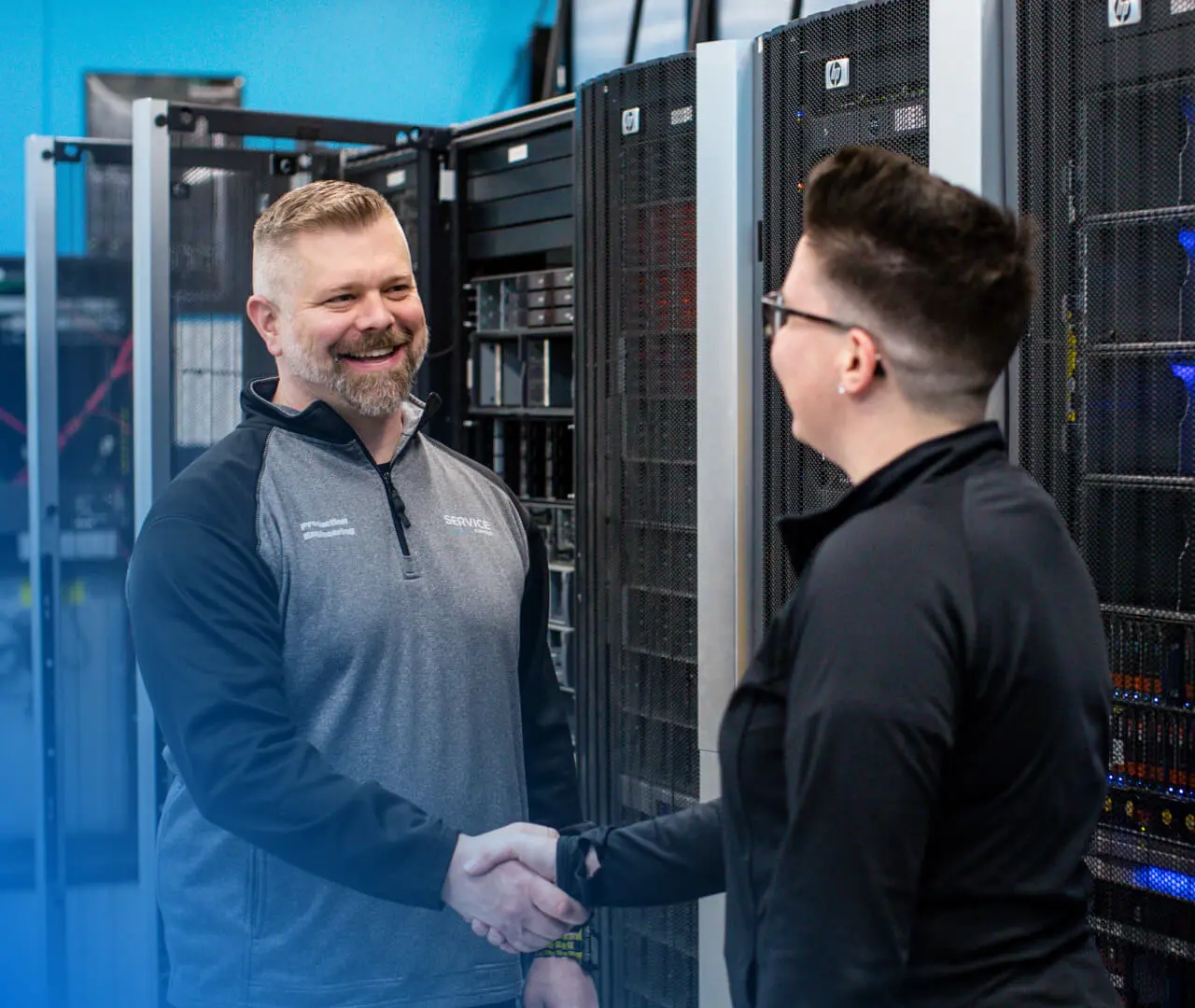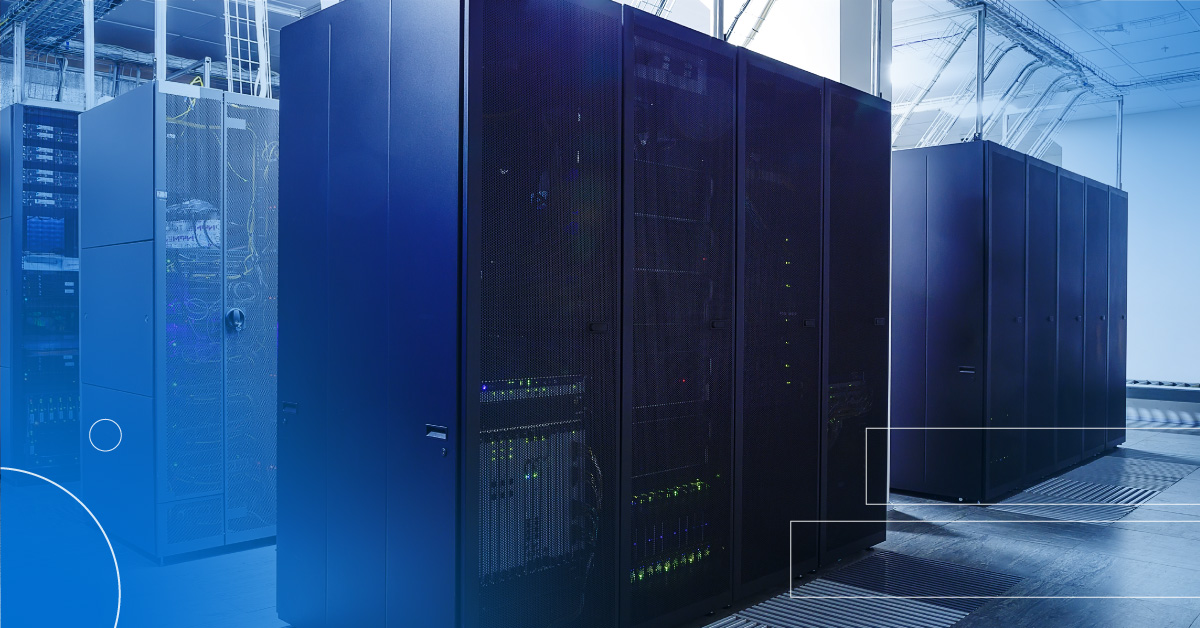Third-party maintenance (TPM) is hardware support for server, storage and network equipment. Third-party maintenance is an alternative to traditional Original Equipment Manufacturer (OEM) warranty and post-warranty support. For example, you would enlist a third-party maintenance provider to support your IBM, Dell EMC, HPE or Cisco equipment in your data center in place of OEM service.
Continue reading for:
- A better understanding of what third-party data center maintenance offers
- A comparison of third-party maintenance vs. OEM maintenance
- A timeline for EOL & EOSL solutions
- A customer perspective on third-party IT support
- A checklist to find the right third-party maintenance provider to meet your specific needs
To better understand what third-party maintenance is or isn’t, let’s start with a look at OEM maintenance. OEM maintenance is the traditional default for support in most data centers, however, the third-party maintenance solution continues to grow in popularity. Continue reading to find out why third-party hardware maintenance is the preferred data center maintenance and learn about advantages of third-party IT support.
Thinking about third-party maintenance? Use this checklist to find the right provider for your data center
“I’m familiar with the hesitation that accompanies the transition from OEM to third-party maintenance. Although change can be scary, you can trust Service Express to meet your data center support needs. Our partnership with them enables our business to continue to invest in true business needs over costly hardware maintenance.“
– Senior Vice President of Cloud & Data Center Tech Ops, nThrive
The basics of maintenance for OEMs like Dell EMC, HPE, IBM, Cisco, NetApp and other major suppliers are:
- Initial 1-to-3-year service warranty: Option to purchase extended post-warranty support
- SLAs: 24/7, Same Business Day and Next Business Day
- Engineers: OEM-certified, TPM-certified and variable workforce
- All parts included in maintenance contract
- Access to software updates and upgrades (may include additional charges for upgrades)
Let’s look at the basics offered by most leading third-party maintenance providers:
- Post-warranty support timeframes can vary from 3, 6, 12, 24 months and beyond
- SLAs: 24/7, Same Business Day and Next Business Day
- One maintenance agreement for multi-vendor hardware support with flexible terms
- Engineers: OEM-certified, TPM-certified and variable workforce
- All parts included in maintenance contract
- Access to software updates and upgrades – subject to OEM terms and determined on a case-by-case basis
The Timing Behind a Hardware Refresh
As defined by an OEM, the life cycle of your equipment is a key factor in evaluating your maintenance strategy. For instance, your EMC storage array is meeting business demands and experiencing no performance issues. From your point of view, there’s no urgent business or IT need to replace or upgrade it. You’re right!
The OEM is sharply raising your post-warranty support costs before eventually issuing an End of Life or End of Service Life announcement. So now you’re forced to consider a hardware refresh, not based on performance or feature needs, but to avoid climbing maintenance costs or because the OEM no longer offers hardware support. What to do?
The OEM support structure reflects a pro-hardware refresh bias with a push to move new equipment from the assembly line into the data center. But there is a better data center support solution.
In direct contrast to the OEM, third-party maintenance can unlock your hardware from support limitations to boost equipment longevity, even for end-of-life products.
Warranty and Post-Warranty Support
for the typical equipment life cycle

Looking for EOL & EOSL dates for your data center equipment?
When determining an end of life or end of service life solution, third-party maintenance is a service to consider against the OEM. Third-party IT support not only extends the working life of your equipment with data center service and parts, it also maximizes your initial investment: you can opt to keep your hardworking storage library for months or years without paying premium rates or risking downtime.
Going the Distance with Data Center Maintenance: Why choose third-party support?
What are advantages of third-party maintenance?
- Reducing your data center maintenance spend
- Greater control of your equipment life cycle
- Better timing and more budget of your next hardware refresh
- Flexibility in coverage options
- Ability to target your production and non-production equipment for coverage accordingly
- Excellent service delivery
- World-class customer service experience
- No automated or international call centers
- No overburdened engineers
- No parts delays
- Greater uptime
- More customized perks for your data center
Make the switch to a trusted third-party maintenance provider with confidence.
OEM Maintenance vs. Third-Party Maintenance – Which is the best solution for my data center?
STEP 1
Review how each data center support option impacts the needs and performance of your data center as a whole.
STEP 2
Assess the support needs of your server, storage and network equipment, then factor in downtime costs, service quality and business objectives.
STEP 3
Talk to both your OEM and third-party maintenance representatives to gather additional customer service details and quotes before deciding on your next maintenance solution.




